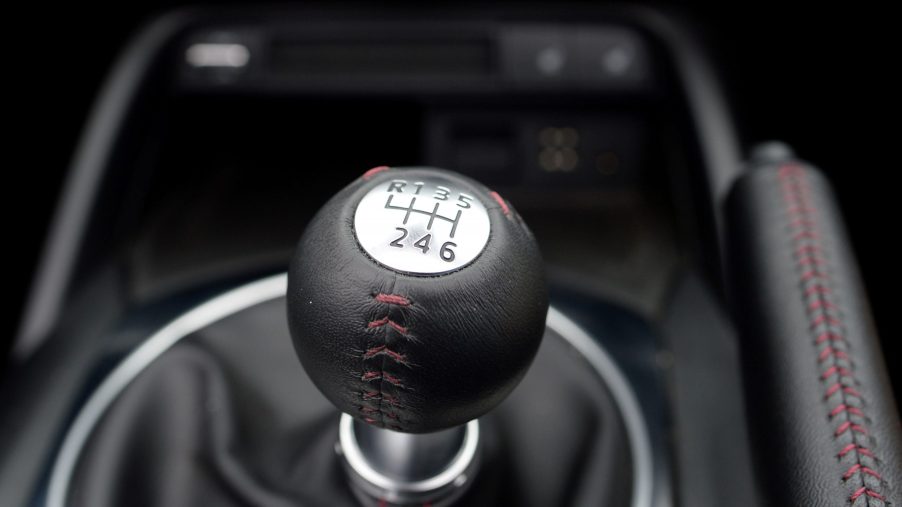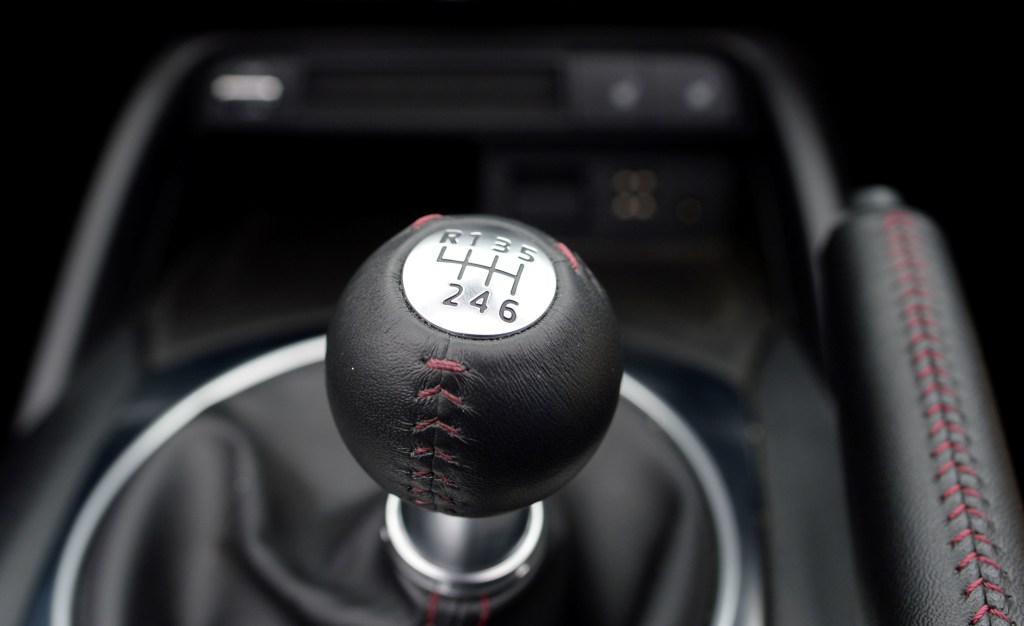
When Should You Shift to Low Gear?
The time-honored debate that plagues manual transmission drivers to this day involves driving in low gear versus high gear. Surely there was that friend or family member who coached you through learning how to drive a stick. Likely, they even preached to you the ills of driving in low gear for whatever reason, usually centered around saying that it would eat up too much fuel. Well, they were wrong, sort of. There is a time and function for when you should be shifting into low gear. Here’s the breakdown according to Don Franklin Auto.
Why shifting to low gear is a good idea

First, it’s essential to understand what the term “low gear” actually means. There are typically 5 or 6 forward gears or “speeds” in a modern manual transmission. Low gear refers to the smaller numbered gears of the first and second gear. As Don Franklin Auto reminds, driving in first or second gear helps deliver more torque to the engine, which means more power.
Driving in first or second gear also maintains a more steady speed which takes the pressure off needing to ride or use the brakes more frequently. When used correctly, it is also less stressful for the transmission.
Here’s when it is best to shift to low gear
Interestingly, changing gears is not just something reserved only for manual transmission vehicles. There are several applications where, even if you have an automatic transmission, you should be changing gears for safety and performance issues.
According to Don Franklin Auto, one instance to downshift is when you are climbing a hill or incline. The lower gears help the vehicle have enough power to go up the mountain without sliding backward, which is not fun and can be pretty dangerous.
If you are towing, low gear is also best. That’s because hauling a trailer or other item adds additional weight and potential strain on your engine. You want the added torque to make the job easier and not burn out your transmission.
It’s also important to use lower gears when going down a hill or incline. That way, the vehicle maintains a more efficient and even decline, protecting your brakes in addition to transmission.
Remember not to do these things
There are several instances where driving in first or second gear can damage your vehicle or cause downright dangerous scenarios.
The main thing that you don’t want to do while driving in low gear is drive at high speeds. First gear produces high RPM, so you reach redline more quickly. Once you redline, you are putting added wear on the vehicle’s engine, leading to significant damage.
When you are on a steep decline, going down a hill, for instance, don’t ride your brakes when in a lower gear. Doing so can burn up your brakes. Instead, try to apply more even acceleration and brake when needed. The Drive explains that since a lower gear delivers more torque, you can use the engine power to brake using “engine braking.”
Also, be careful of shifting from low gear to high gear. While this is typically an accidental occurrence, changing to a radically different gear also throws the entire mechanical system into chaos and can lead to dangerous handling situations.


